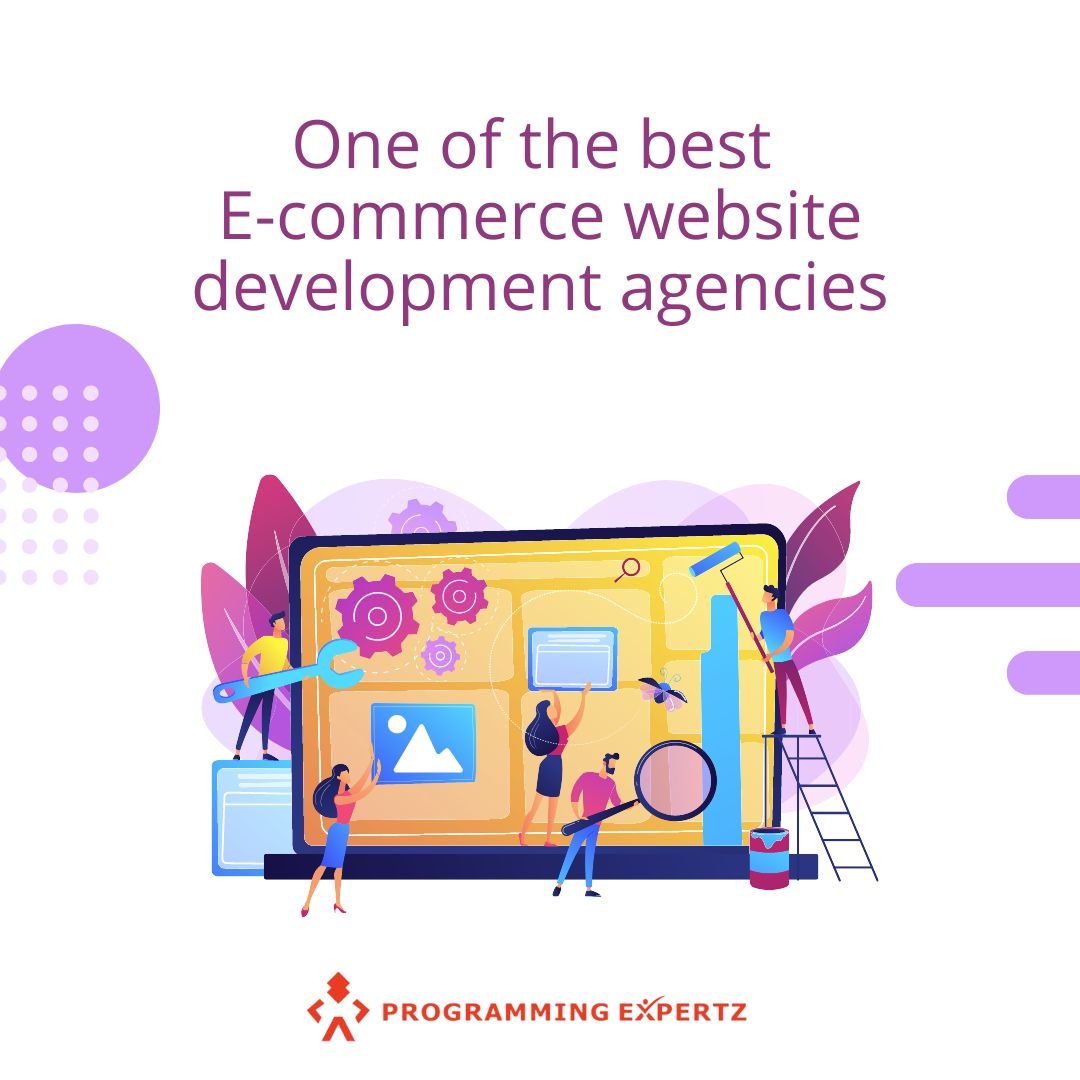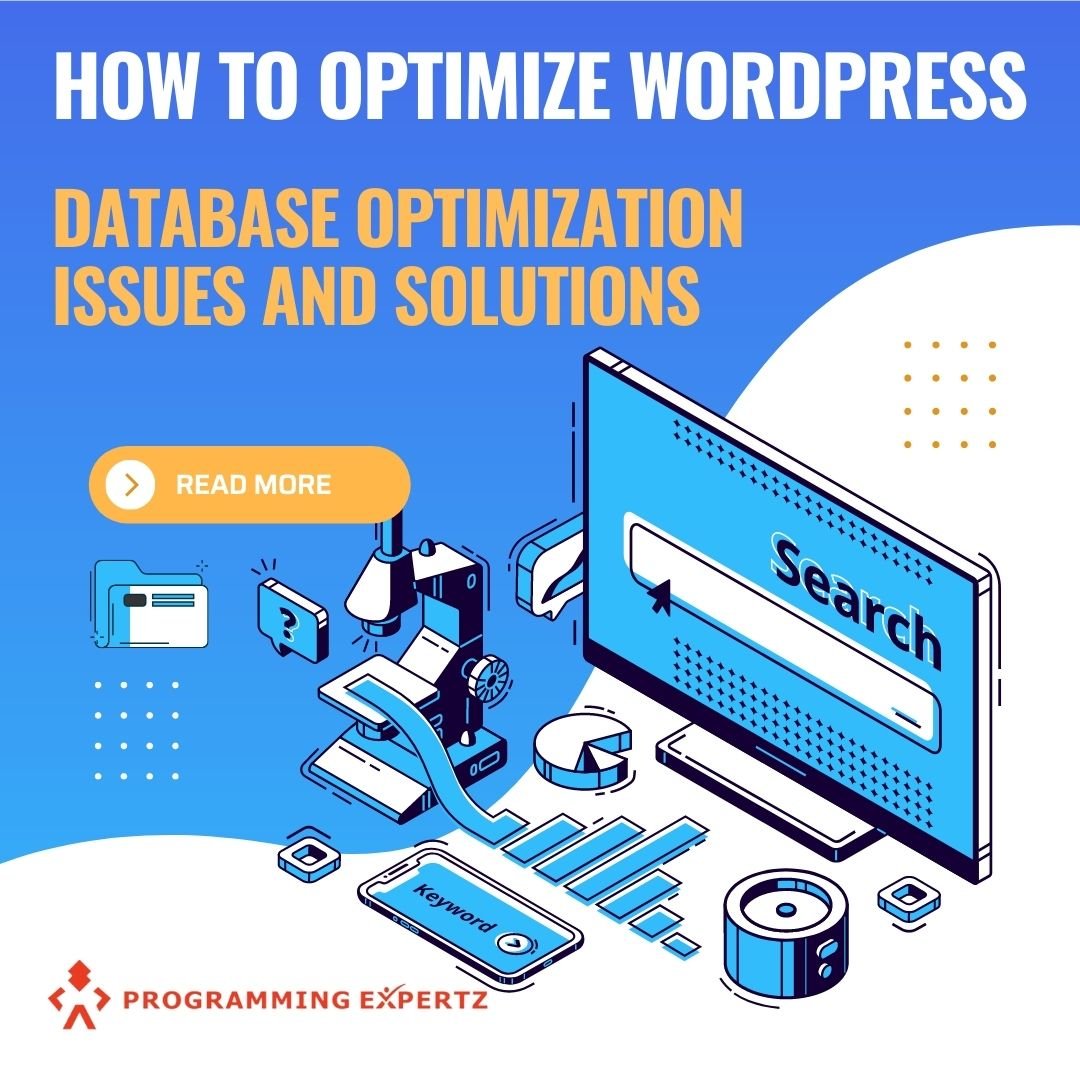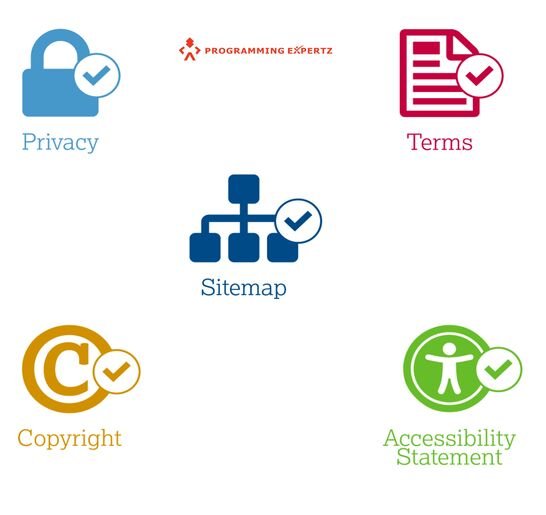It’s understandable to be skeptical of implementing low-code development. As no-code/low-code development gains popularity, many people believe that custom software development will become obsolete. According to Gartner, by 2024, low code application development will account for more than 65 percent of all app development, with 66 percent of large organizations implementing at least four common code platforms.
When should you use no-code or low-code solutions, and when should you go with custom software development? Is it possible that there will be no need for developers in the future?
Let’s take a closer look at low-code vs. traditional development and the key differences so you can make an informed decision.
Platforms with Low-Code and No-Code
The use of small amounts of code to develop software is referred to as “low code.” This is primarily an option for developers who can write and thus successfully use low-code instruments. A non-coder, on the other hand, can create essential software using low-code platforms. The only limitation is that they will only assemble and rearrange ready-made blocks rather than improve them. As a result, the primary benefit of a low-code platform in this scenario is negated.
No-code development appeared to be a solution to the global shortage of software developers. The idea is that by dragging and dropping features onto a canvas and uploading images, anyone can become a citizen developer. No-code development is conceptually similar to low-code development. People from various backgrounds are shown a visual representation of software and can design its logic using predefined settings. They also use drag-and-drop features to organize the software’s user interface.
The SCAND team is keeping up with this trend by developing Flowrigami, an open-source BPM tool designed to edit, visualize, and configure various workflows using graphic components.
Development of Custom Software
Working with a specialized team of developers to collect specific requirements, devise a plan, and create custom code for software to meet the specified goals is custom software development. The client consults with their in-house or outsourced development team to determine all of the software’s features. Once both parties have agreed on the plan, the IT team develops the software. When they’re finished, the process moves to the testing stage, where QA experts begin testing it to ensure it does what it’s supposed to do.
What Should You Look For When Choosing the Best Option for Your Project?
Time Low-code and no-code solutions are built-as-you-go, so you don’t have to wait for a development team to outline and develop software while you use workarounds. One of the most notable differences between custom software solutions and low-code/no-code platforms is that platforms are immediately available after purchase, whereas custom software must be built before release.
Low-code/no-code software customization can take a few days to a few weeks. Using a pre-built platform rather than writing code from scratch shortens the development cycle. Custom software development can take anywhere from 4 to 9 months to complete and deliver a finished product to the client.
The length of a project’s timeline will vary depending on the needs of the business and the size of the development team, but writing code from scratch will always take longer than using pre-built functionality.
Cost
The main cost difference is where the development burden falls. With low-code and no-code platforms, the client only pays for access to the service, not the entire development process. A more expensive custom-software solution has the advantage of providing a specialized development team to focus on the client’s business requirements. Smaller businesses that use low-code/no-code solutions may need to rely on the service provider’s development team or software partners for technical support (if they do not have an in-house staff).There is a widespread misconception that developing custom software is prohibitively expensive. Software development can be pretty affordable compared to manually managing processes or building your database or app. Of course, the cost varies depending on the scope of the project and the needs of the company; enterprise-class software will be much more expensive than a small-business-scale solution. The cost may be well worth it for businesses that require highly customized software that would be impossible to develop using a low-code/no-code solution.
Maintenance
Low-code platforms are typically aPaaS (application platform as a service), which means they are run and maintained by the software owner. The hosting company, not the business that subscribes to the service, is responsible for software updates and enhancements. This allows small development teams to benefit from well-maintained software without hiring a team or relying on a third-party vendor. There will always be adjustments or revisions as the company’s goals and needs change. These upgrades will need to be implemented by an in-house or third-party development team for custom software solutions. Software updates will follow a similar (though more minor) software development process, with teams brainstorming, designing, and testing new features.
In companies with a specialized IT team, revisions can be strictly controlled. Businesses will be able to see what changes are being made and when they will be implemented.
Security
One of the primary concerns in software development is security compliance. If your software is written by hand, you can be confident that it is stable and secure because you are aware of all of its quirks and thus have control over it and can eliminate flaws at any time.When it comes to low-code/no-code software, you must rely on the platform, so if something goes wrong with it (for example, if it is hacked), your software is also vulnerable. Hackers can easily exploit security flaws to access your system and cause software failures and data leaks. Furthermore, you should adhere to the platform’s requirements and use what it has to offer (database, cloud storage, etc.).
Customization
Even if you start working with a team of skilled developers, customizing your low-code/no-code software is nearly impossible. If you decide to add any custom features to your software, integration issues may arise. You’ll almost certainly need to add hand-written code (which can be much more expensive than custom software development, not to mention the monthly fee for a membership that allows you to use a low-code builder). Custom integrations might also affect the functionality and speed of your software (which can negatively affect user experience).
You are investing in the future and profitability of your company when you choose custom software development. Digital solutions should be secure and efficient. But it’s impossible to ensure that those criteria will be preserved with low-code/no-code platforms.
Who Wins: Low-Code vs. Traditional Development?
The primary advantages of low-code and no-code platforms for businesses are simplicity, speed, and agility. Due to drag-and-drop capabilities, they are simple to use, and no programming language is required. They shorten the time it takes to develop software and reduce the involvement of IT specialists. Furthermore, low-code and no-code platforms are agile and flexible and potentially less expensive than custom software development. No-code platforms, in particular, are relatively simple to learn for non-coders, which means that anyone can quickly and easily develop their software and further customize it to their needs. For example, you can use Wix or Tilda to create a simple landing page or even a website. Custom software development will be more expensive and, unsurprisingly, take longer. The complexity of your software will determine the cost and duration of your project, the functionality you wish to implement, and the developers you employ.
On the other hand, custom software development will help you stand out from the crowd. In addition, you will receive the services of other qualified specialists such as business analysts, designers, and quality assurance specialists.Custom software development is a better option than low-code/no-code platforms if you need a stable solution that is simple to maintain and upgrade. Custom software development ensures that your software is of high quality and will last for a long time, whereas low-code/no-code development is ideal for evaluating your concept and determining whether it is worth further investment and development. Because low-code/no-code platforms provide few customization options, integration issues may arise, and your software may become insecure. As a result, the financial risks are unjustified.
Because customization is what truly distinguishes your software as a one-of-a-kind solution, low-code platforms cannot compete with custom software development at the moment. Of course, custom software development takes more time and resources, but the result is often better. It generates valuable libraries and frameworks that aid in developing robust and scalable software. If you want to stand out from the crowd, you should offer one-of-a-kind custom solutions that meet your customers’ needs. This, in turn, increases the value of your company.








